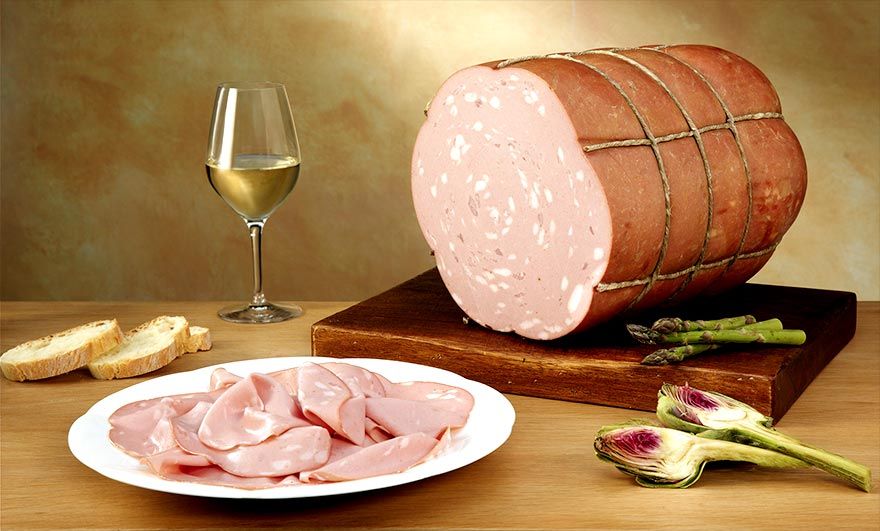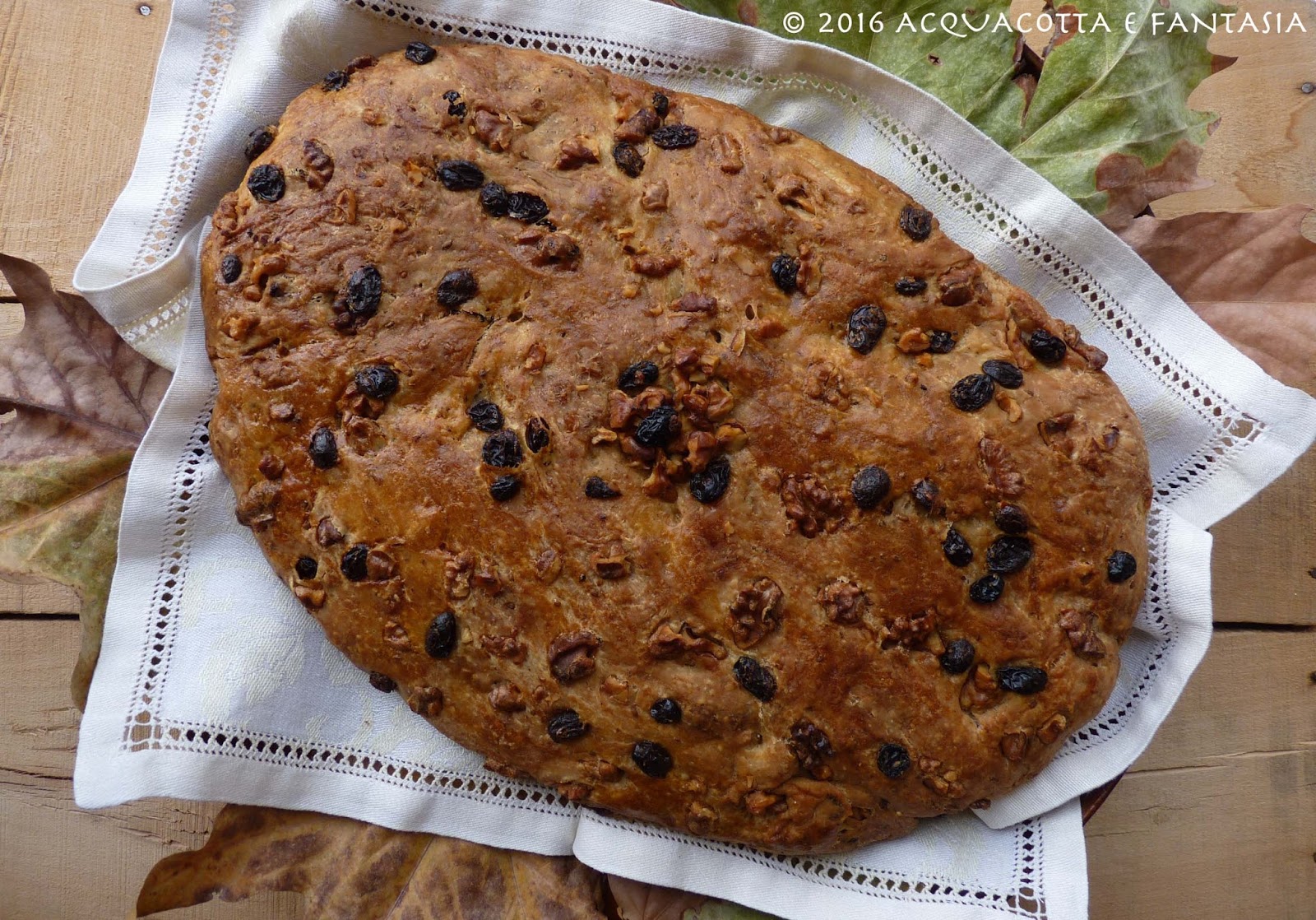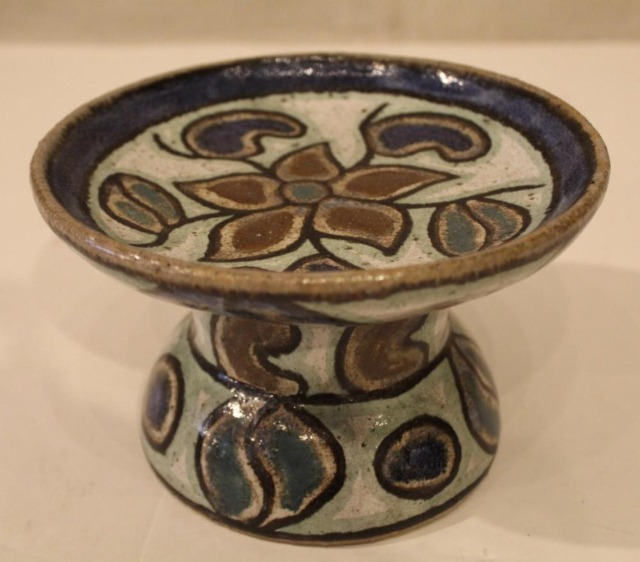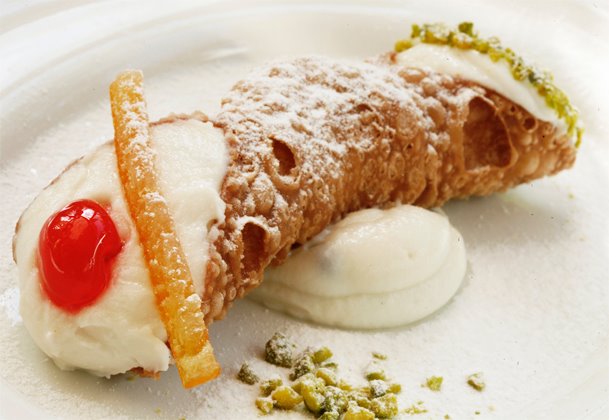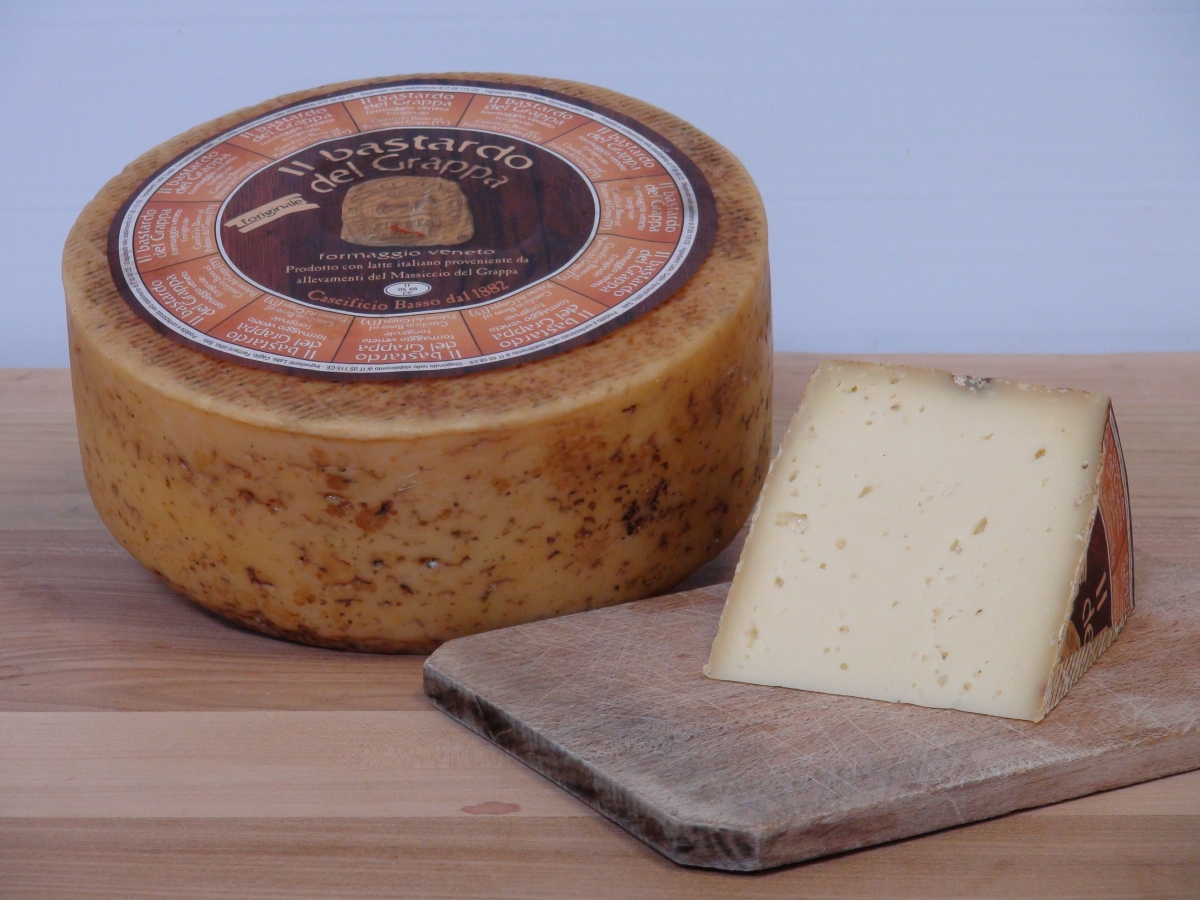Mortadella Bologna IGP is the cured meat par excellence of the capital of Emilia, a product that is so closely identified with its land of origin that it is often referred to simply as Bologna.
Pig breeding in the territory of Bologna dates back to the Roman Age. In the Archaeological Museum of Bologna, there is an unusual tombstone which shows pigs being led to pasture on one side and a mortar on the other; according to some, the term mortadella derives from this tool.
The first real recipe for mortadella is the forerunner of today’s production regulations, however, only dating back to the 17th century. Today, the areas where mortadella is produced have spread beyond the borders of Emilia Romagna to Piedmont, Lombardy, Veneto and other parts of Italy, but its homeland is still Zola Predosa, just a few kilometres from Bologna, which celebrates mortadella every year with the Mortadella Please festival.
How is Mortadella Bologna IGP obtained?
First of all, the raw materials: the sausage is made from striated pork muscles and cubes of fat taken exclusively from the animal’s throat, called lardelli. The mixture is then cooked in dry air ovens for a period of time which varies according to the size of the product, from a few hours to a whole day.
It is thanks to this process that the mortadella acquires its typical slightly spicy aroma, and a full and balanced taste.
Finally, the pistachios.
Some companies prefer not to add them to the mixture, especially in Bologna and northern Italy. However, the production regulations do not prohibit the use of this ingredient.
Cooking
There are many recipes using Mortadella di Bologna IGP. Traditionally, it is used as an ingredient in the filling of tortellini Bolognese, but it can also be transformed into a mousse to be spread on crostini for an aperitif, or combined with fresh vegetables and cheese.
Classic palates prefer it cut into slices to fill a nice sandwich.
